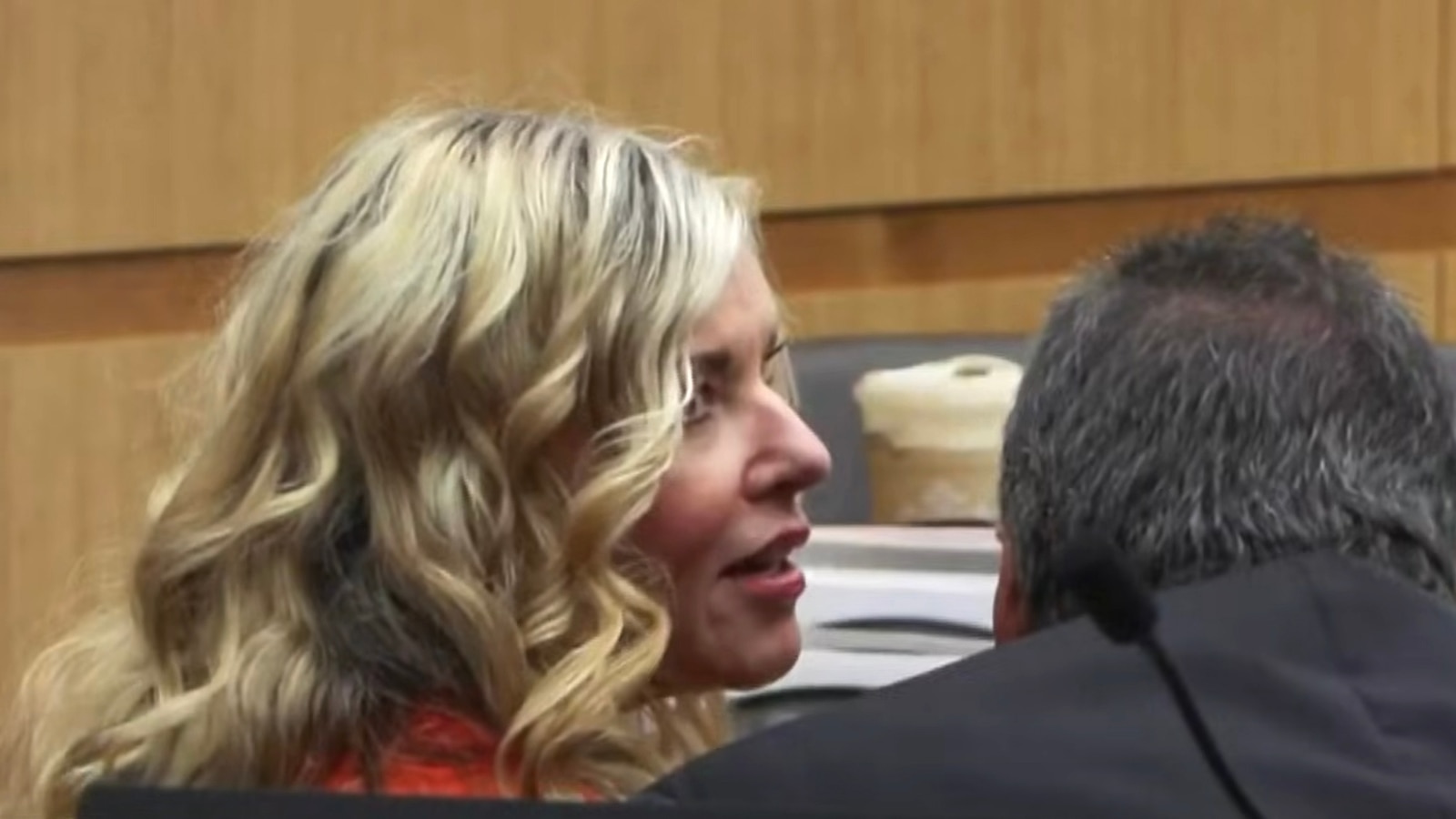What Happened
On July 24, 2025, the U.S. Supreme Court issued an order that temporarily halted a ruling from the 8th Circuit Court of Appeals, which had the potential to further weaken the Voting Rights Act, particularly its enforcement mechanisms under Section 2. This section is designed to prohibit discriminatory voting practices. The Supreme Court’s decision came in response to an emergency appeal from Native American tribes and individuals challenging a legislative map in North Dakota, arguing that the 8th Circuit’s ruling would significantly undermine their ability to contest discriminatory practices.
The dissenting opinions from Justices Clarence Thomas, Samuel Alito, and Neil Gorsuch highlighted their disagreement with the majority’s decision to block the appellate ruling. The dissenters did not provide detailed explanations for their stance, as the order was unsigned, which is characteristic of the Court’s “shadow docket” decisions—emergency orders that are issued without full briefing or oral arguments.
Key Details
- Supreme Court Decision Date: July 24, 2025.
- Dissenting Justices: Clarence Thomas, Samuel Alito, and Neil Gorsuch.
- Key Legal Focus: Section 2 of the Voting Rights Act, which prohibits discriminatory voting practices.
- Context of the Case: The 8th Circuit had ruled that private parties could not invoke federal law to enforce Section 2, a position that diverges from rulings in other federal circuits.
- Plaintiffs’ Concerns: The plaintiffs argued that the 8th Circuit’s ruling would severely limit the enforcement of voting rights protections, particularly in light of North Dakota’s historical discrimination against Native Americans.
Multiple Perspectives
The Supreme Court’s decision to grant temporary relief has been viewed through various lenses. Supporters of the ruling argue that it preserves critical protections under the Voting Rights Act, particularly for marginalized groups who have faced historical discrimination. They contend that the 8th Circuit’s ruling could have set a dangerous precedent that would hinder the ability of individuals to challenge discriminatory practices.
Conversely, the dissenting justices, Thomas, Alito, and Gorsuch, have previously expressed skepticism about the expansive interpretation of the Voting Rights Act. They may argue that the Court should allow lower court rulings to take effect unless there is clear evidence of constitutional violations. State officials who opposed the Supreme Court’s intervention suggested that the Court should allow the normal judicial process to unfold without interference.
Additionally, Chief Justice John Roberts and Justice Brett Kavanaugh have previously sided with the Democratic appointees on voting rights issues, indicating a more nuanced division within the Court that does not strictly align with party lines.
Context & Background
The Voting Rights Act, originally passed in 1965, was a landmark piece of legislation aimed at eliminating racial discrimination in voting. Over the years, various amendments and court rulings have shaped its enforcement mechanisms. Section 2 specifically allows individuals to challenge voting practices that are discriminatory in nature.
The recent developments in the Supreme Court reflect ongoing tensions regarding voting rights in the United States. The 8th Circuit’s ruling was seen as an outlier compared to the positions taken by other federal appeals courts, which have generally upheld the ability of private parties to enforce Section 2. This divergence raises concerns about the consistency of voting rights protections across different jurisdictions.
The case also underscores the broader national conversation about voting rights, particularly in light of recent legislative efforts in various states that critics argue may disenfranchise voters, particularly those from minority communities.
What We Don’t Know Yet
While the Supreme Court’s decision provides temporary relief, it does not resolve the underlying legal questions regarding the enforcement of Section 2 of the Voting Rights Act. The Court may later issue a more comprehensive ruling that could either reinforce or further restrict voting rights protections.
Additionally, the implications of this case for future litigation and legislative efforts surrounding voting rights remain uncertain. As the legal landscape continues to evolve, it is unclear how this ruling will influence similar cases or the broader discourse on voting rights in the United States.
The potential for future challenges to the Voting Rights Act and the role of the Supreme Court in shaping these discussions will be critical to monitor in the coming months and years. The ongoing debate over voting rights is likely to remain a contentious issue in American politics, with significant implications for electoral participation and representation.


